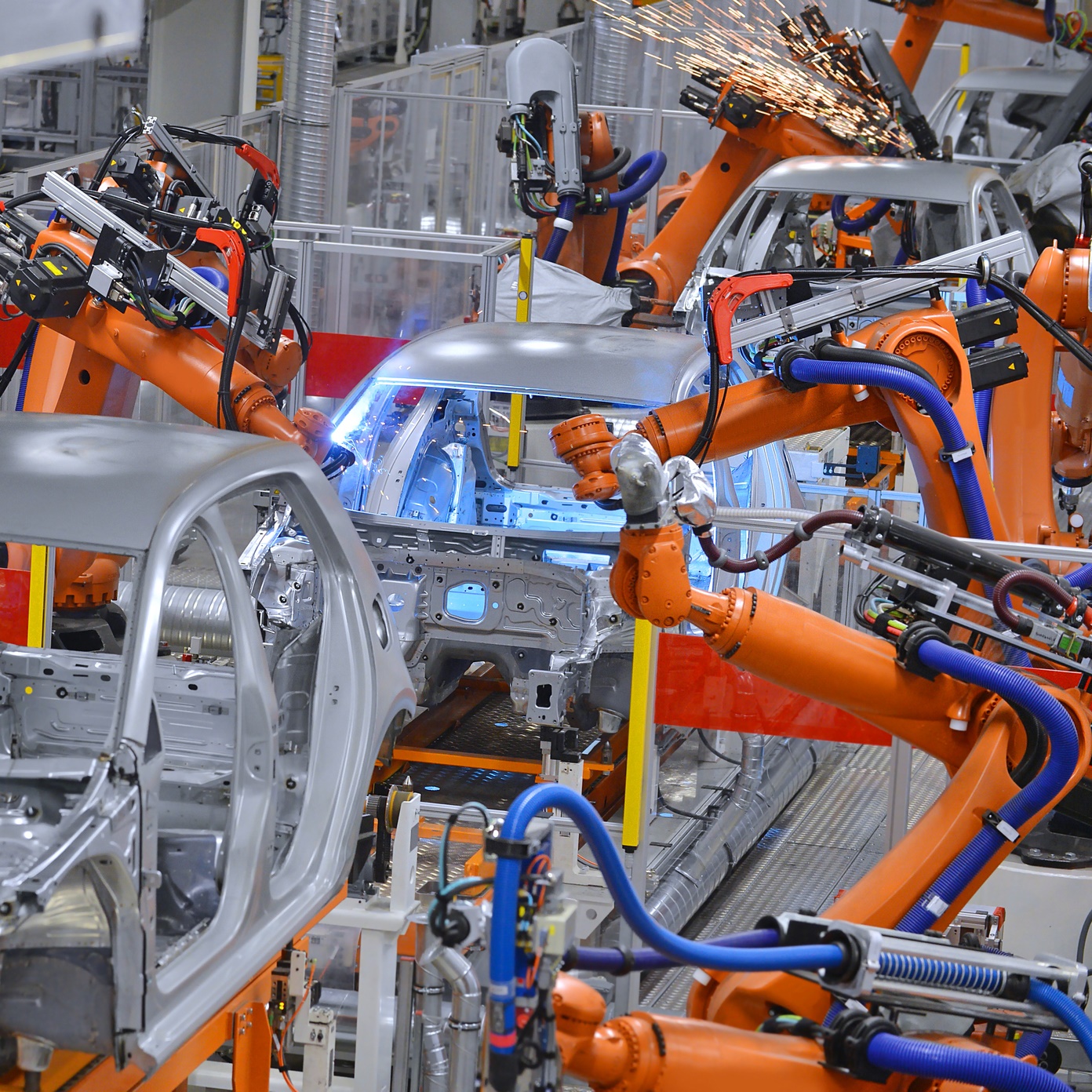
The impact of robots on employment and wages was the subject of a recent and controversial academic paper. The study used a model in which robots compete against human labor in the production of different tasks and, the authors said, showed that robots may reduce employment and wages, and that “local labor market effects of robots can be estimated by regressing the change in employment and wages on the exposure to robots in each local labor market—defined from the national penetration of robots into each industry and the local distribution of employment across industries.”
Shortly after the paper was published, other economists argued that the methodology indicates no basis for claiming that automation and robots has either led to or will lead to more joblessness, unemployment, or overall wage stagnation.
It is, however, in arguable that automation and robots have affected certain parts of the United States more than others. More than half of the country’s 233,000 robots are beavering away in just 10 Midwestern and Southern states.
The following map from the Brookings Institution shows where robots are most heavily used:
https://www.brookings.edu/wp-content/uploads/2017/08/metro-20180811-muro-wheretherobotsaremap1.jpg
Michigan, the center of the U.S. auto industry, accounts for 12% of the nation’s robot total with nearly 28,000 robots. Ohio (20,400, 8.7%) and Indiana (19,400, 8.3%) follow and Tennessee is a close fourth. The interior Western states account for just 13% combined.
Of the country’s 100 largest metropolitan areas, these are the five with the highest number of industrial robots per 1,000 workers. We’ve included the number of robots located in each city in 2015.
- Toledo, Ohio: 2,374 robots in 2015; 9 per 1,000 workers
- Detroit-Warren-Dearborn, Michigan: 15,115 robots; 8.5 per 1,000 workers
- Grand Rapids-Wyoming, Michigan:3,102 robots; 6.3 per 1,000 workers
- Louisville/Jefferson County, Kentucky-Indiana: 2,922 robots; 5.1 per 1,000 workers
- Nashville-Davidson-Murfreesboro-Franklin, Tennessee: 3,922 robots; 4.8 per 1,000 workers
The other thing to note in the Brookings report is that the compound annual growth rate (CAGR) for industrial robots in the five cities between 2010 and 2015: Toledo, 28%; Detroit, 21%; Grand Rapids, 23%; Louisville, 27%; Nashville, 23%.
The Brookings report concluded:
Regardless of whether these robot densities are meaningfully limiting aggregate employment in these metros, as [the academic paper claims], there is no doubt that robotics are playing a substantial role in shaping the dynamics of many, though by no means all, local economies.
Sponsored: Attention Savvy Investors: Speak to 3 Financial Experts – FREE
Ever wanted an extra set of eyes on an investment you’re considering? Now you can speak with up to 3 financial experts in your area for FREE. By simply clicking here you can begin to match with financial professionals who can help guide you through the financial decisions you’re making. And the best part? The first conversation with them is free.Click here to match with up to 3 financial pros who would be excited to help you make financial decisions.
Thank you for reading! Have some feedback for us?
Contact the 24/7 Wall St. editorial team.
 24/7 Wall St.
24/7 Wall St.

